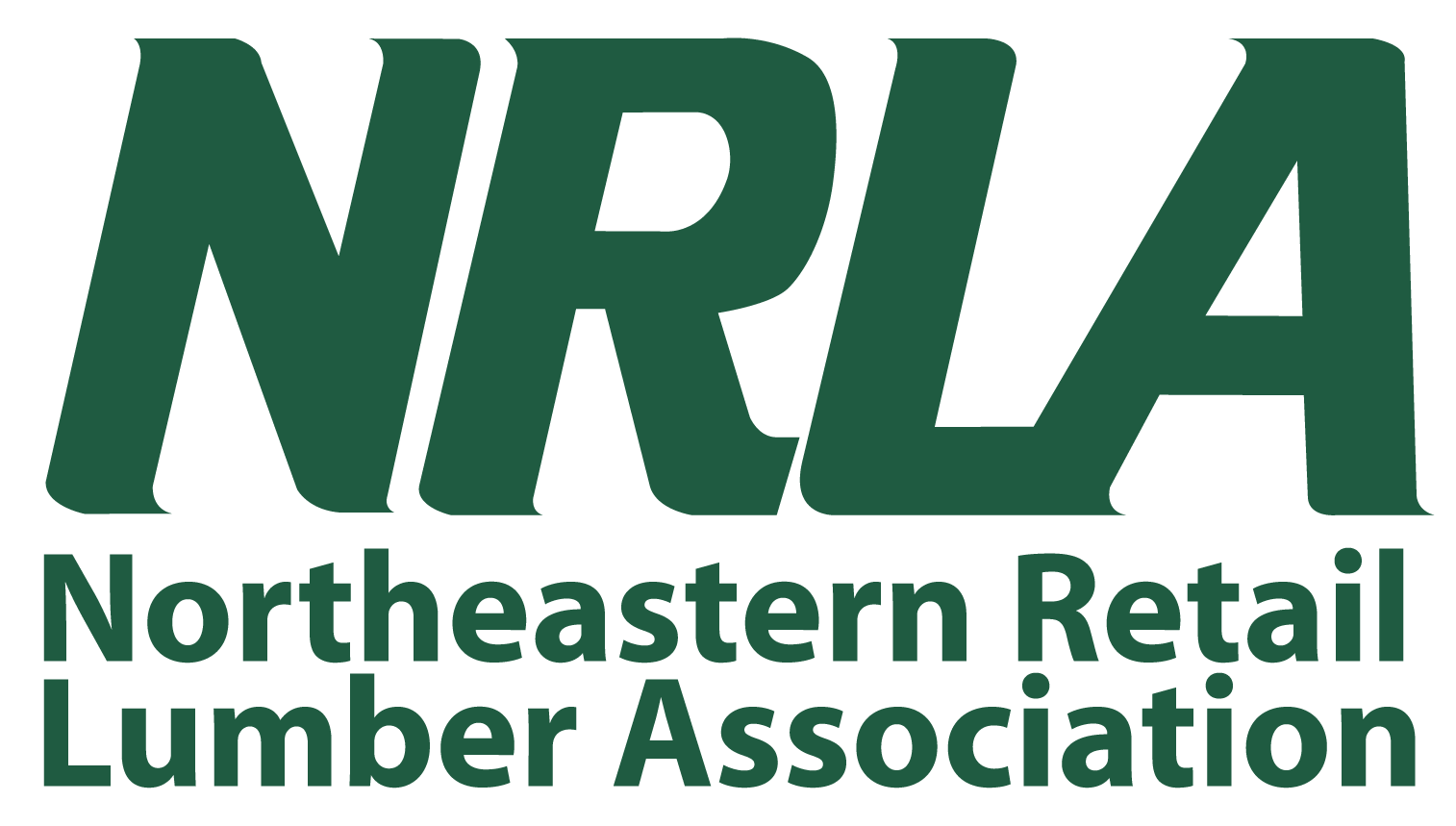One of the secret pleasures of being a manager is stepping around the corner and inadvertently overhearing two employees engaged in what they think is a private conversation. Years ago, when I was the general manager, I came across this exact situation.
This time, it was two yardworkers standing beside lifts of 2×10’s. One of them said to the other, “You know, these stacks have been really screwed up for a week. Some of them look like a game of pickup sticks. Isn’t this your area of responsibility?”
“Yeah, I know,” the other said. “I’ve been so busy I haven’t had time to level the piles.”
“So am I!” was the response. “But if you don’t take the time, it’s going to be nothing but culls back here, and our inventory shrink will go through the roof.”
Maybe you’ve overheard this conversation in your own yard, but I’ll bet not. In my experience, dealers whose yard crews concern themselves with inventory shrink are few and far between. On the other hand, I know plenty of managers who think inventory shrinkage of 1%–2% is unavoidable, if not the norm. To me, those are staggering figures. That’s not what a company should lose every year in inventory.
If you’re an owner, of course you’re concerned about inventory shrink. But if your employees aren’t equally concerned—or, more likely, don’t understand the impact of tossing a few marginal 2×10’s against the fence to get to the “good stuff”—all the rules you make and the reprimands you give won’t make a dent in your losses.
On the other hand, what if your employees truly understood the importance of protecting your inventory? You can make that happen. First, you have to give them a reason to care. Second, you have to explain or show them how damaged materials negatively affect the profitability of the operation. This can be accomplished by teaching them the financial basics of a lumberyard.
Most owners recoil in horror at the thought of sharing financial information with their employees. Why? It’s not like the lumber business is so lucrative that we have to launder our profits.
On the contrary, the bottom line of the average lumberyard is usually an eye-opener to employees. Too many employees think that lumberyard owners make ungodly profits. It’s not their fault, as they’ve never been taught.
Early in my management career, I started sharing some financial information with the employees, such as top-line sales, GM$, total payroll, credit card fees, return rate as a percentage of sales, and inventory shrink. Since we were a private independent, I did not share our actual net profit. But instead, I shared the industry average, which I got from various surveys at the time.
When I first broached this idea with the owner, he nearly hyper-ventilated. But eventually I convinced him that the more our employees understood about some of the financial aspects of our business, the better employees they would become. In hindsight, I’m not sure if I convinced him or if I just wore him down.
The first time I did this was with all 56 employees at my location. I asked the group, “For every $1,000 that the average lumberyard sells, how much do you think goes to the bottom line?” The answers dribbled in: $300, $350, and $500. When I told them that the typical owner took home $33, they thought I was lying. (Note: This was over 25 years ago, when the average lumberyard earned about 3.33%)
So, I proved it to them. I showed them the results of the nationwide survey. I also showed them a condensed P&L for our location. I showed the various line items listed in a previous paragraph, along with a few others. I did not show them our actual net profit, as I didn’t want our owner to have a coronary, but rather I inputted the 3.33% industry average at the time.
I then asked, “If we threw away $500 in damaged inventory, how much would we have to sell to get back to even?” As expected, just about all responses were that we had to sell another $500. I said, “I understand why you would think that, but you’re wrong.” In order for us to make up the $500 we threw away, we have to sell over $15,000 just to break even. I then did the math on a flipchart (pre-LCD projectors). $15,000 in sales times 3.33% equals $500. Their jaws dropped!
Looking around, I could see that many of the employees understood why we got so upset when they damaged inventory and we had to throw it away.
Then we went one step further and set up an inventory control incentive for all yard workers, warehouse workers, and drivers. It became a factor when calculating their year-end bonus.
Some would say that we were paying them extra to do things they should’ve been doing anyway. But even if tighter supervision could accomplish the same purpose, it would do no more than hit the target that the supervisor aims for. Then we’d never know how much we could really cut our losses.
Our inventory shrink steadily declined over the next few years and leveled off at under 0.03%. Which, at the time, was really very good.
One of the sayings I’ve always believed in is “Expect What You Inspect.” This was just one of many times in my career that this saying rang true.
Mike McDole has 40+ years of actual LBM experience, including being SVP of a large regional pro-dealer, and is the principal of Firing Line LBM Advisors. He’s also partners with Greg Brooks of the Executive Council on Construction Supply and his LMS. Mike can be reached at 774.372.1367 or Mike@FiringLineLBM.com.







